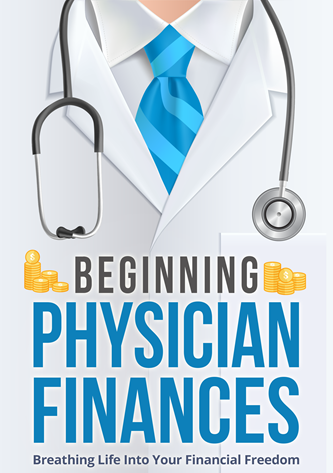The Here And Now
I wanted to introduce four baseline concepts for established physicians.
1. Your budget needs to be ship shape
You must have a handle on your general cash flow in order to be able to plan for future allocations of cash. If you do a good job of this at this point in time, I congratulate you. Again, this comes down to the general concept that I introduced previously about making good plans with your money. For example, if you wish to make a particular cash outlay two months from now, it’s going to be important to plan from what source that money will come. Will it come from general cash reserves? Will it come from savings? Or will it be borrowed money? As you move forward to the point where you will allocate that money, you need to be able to know your balance of savings and available cash reserves, as well as what your total credit balance is. Keeping track of these values will help you to make better decisions about your current cash flow prior to the time of the actual allocation of cash. Being somewhat methodical about this will help you to be able to save money and improve your overall dynamic cash flow. I’d like to have us all become serious micromanagers of our cash flow.
2. You need to make sure that you understand your tax liability to the best of your ability
Understanding your tax liability is fundamental in improving your overall dynamic cash flow. This again comes under the category of general planning. In this step, you will need to look forward several months ahead in order to make a determination as to whether or not you will have additional tax liability versus less tax liability for the current tax year. I discussed this in my budgeting article. Part of maintaining a stable cash flow is being able to prevent large dips in your overall balance. Thus, if you understand that you have additional tax liability because you have planned beforehand, you can then adjust your monthly budget in order to offset that future liability. Review my article, “something to think about” for some good information about planning for the upcoming tax year.
3. Debt needs to be studied and monitored and controlled
You need to be on top of your overall liabilities, and you need to have in your mind what is your good debt and what is your bad debt. Clearly, trying to eliminate the bad/consumer debt would be most important priority in regards to debt. With interest rates at all time lows, we all can be tempted to allow consumer debt to balloon. But, in actuality, the situation is such that it is an ideal time to try to eliminate any consumer debt since your carried balance won’t be increasing by as much. Although Ben Bernanke has indicated that he will not raise interest rates until mid-2015, this is still only a short while, and it’s best to take care of any bad/consumer debt as soon as possible. I will be speaking further about what I consider to be good debt and my thoughts about home mortgages in future articles on physicians in finance.
4. Identify your own “risk” scenario and develop a structure for wealth building accordingly
You need to identify the type of risk that you feel most comfortable with when investing. I believe I’m correct in saying that most of us would like to limit risk when investing, but how do we decide what that risk means to us? Well, obviously, certain investments are inherently more risky than others. However, it mostly depends on the individual and their knowledge and understanding of a particular investment. The better your knowledge base and comfort level concerning a particular investment, the lower the risk to that individual investor. One way to get an idea about your risk profile is to do a web search for “risk calculator”, and you can answer some of the simple questions that are posed on particular sites to help identify your risk type. An example of one of these is NAB . Once you’ve identified your risk profile, you can be more confident that you will choose the right investment options for yourself.


